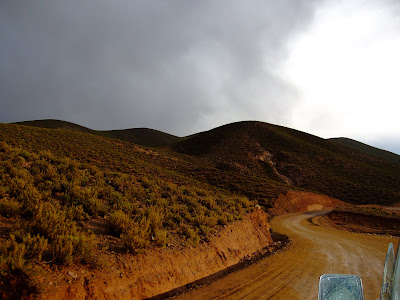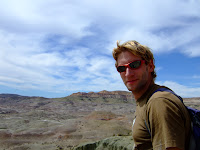Machu Pichu, Peru
Where to begin...? Magical, mysterious, immense... far more incredible than I had ever dreamed of!
 At 6am after three days of trekking (the first of which was on bicycles) we arrived at the lost city of the Incas. It took us almost and hour, running in the dark up the steep trail from the town of Aguas Calientes. We practically killed ourselves trying to beat the sunrise. We didn´t quite make it, but were nonetheless rewarded with a breath taking view full of misty clouds weaving their way through the ancient ruins.
At 6am after three days of trekking (the first of which was on bicycles) we arrived at the lost city of the Incas. It took us almost and hour, running in the dark up the steep trail from the town of Aguas Calientes. We practically killed ourselves trying to beat the sunrise. We didn´t quite make it, but were nonetheless rewarded with a breath taking view full of misty clouds weaving their way through the ancient ruins. Wandering through the city one could feel the presence of an impressive civilization. Even though the Incas reined for only a short time, they left behind a facsinating spiritual energy that we were so lucky to experience.
Wandering through the city one could feel the presence of an impressive civilization. Even though the Incas reined for only a short time, they left behind a facsinating spiritual energy that we were so lucky to experience.
After wandering for several hours we climbed for 45 minutes up the almost vertical trail to the top of Waynapichu (small mountain). Here we were rewarded with a breath taking view of the entire city of Machu Pichu. Up here in the cliffs were built more Inca structures, passage ways and tunnels.




















































